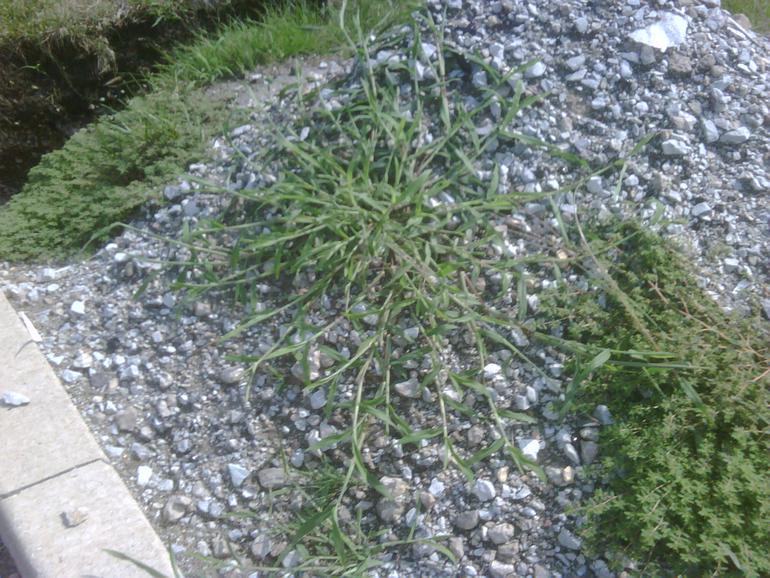Lawncare and Landscaping
Turf Management
Managing your lawn/turf for the best results is a combination of several factors requiring focus and consistency. There is no magic solution that can be sprayed or applied to your lawn that will produce strength and long term results. The following are the key factors. Together we can produce a lawn/turf which is safe and of which you will be proud.
MOWING: The length of the blades and roots are proportional; that means the roots are generally as long as the grass blades are tall. If you cut your grass too short, you are destroying the food producing area and causing shallow roots.
Lawns should always be mowed high (2½-3½ inches) and often, never removing more than one third of the total height at a single cutting. Clippings should not be bagged. Recycled lawn clippings can add close to one pounds of nitrogen per 1000 square feet per year and add significant amounts of organic matter.
WATERING:Too much or too little water can stress turf plants and lower their resistance to other problems, such as insect or disease attacks. The surest way to ruin a lawn is to water it lightly several times a week. The water will evaporate quickly and cause the roots to reach for the surface to get to it. These shallow roots will burn in the hot sun of a dry spell. Grass needs a minimum of one inch of water per week and it needs that water at least three to four inches deep in the soil.
Many times customers ask how long they should water their lawns, please note, we are talking about an amount of water, for example one inch, not an amount of time such as twenty minutes. The reason for this is that factors such as water pressure, hose size and sprinkler type can vary significantly the amount of water that is applied to your lawn. To be accurate, place a sqaure sided bowl or pan on your lawn while you water and see how long it takes for that pan to collect an inch of water, then you will know how long your sprinkler needs to apply an inch of water to your lawn.
Exactly how much total water required depends upon your grass and soil type, and their exposure to the sun. Begin with one inch and add more until you find the amount that results in healthy green grass. Watering deeply encourages deep roots that won't be as susceptible to heat and drought.
WEED CONTROL: The #1 best control against weeds is a healthy and strong lawn and the above noted factors influence lawn health. Proper maintenance helps the grass plants to chalange the weeds for available soil and light. Despite best efforts it is likely that some weed control efforts will be required, in these instances our training at the turf center will help guide us in applying the correct type of weed control measures at the correct time of the growing season.
Thatch What causes thatch? Thatch accumulation is due to either over-fertilization, poor cutting practice, over-watering and or soil compaction. An improperly managed lawn can develop thatch. If you doubt this, have you ever seen thatch in a natural prarie?
Do grass clippings cause thatch?
No, No, No or in case you are not sure of our message……NO!
One of the biggest misconceptions in all of lawn care is that thatch is caused by not bagging your grass clippings.
Clipping do not cause thatch; returning clippings to your lawn will recycle valuable nutrients to the soil, reducing fertilizer requirements.
But, your grass needs to be managed and we can do that for you.
If you sometimes wonder how a weed can wind up in YOUR back yard, look at this one. It's large, happy and very healthy in the middle of a pile of stone!


